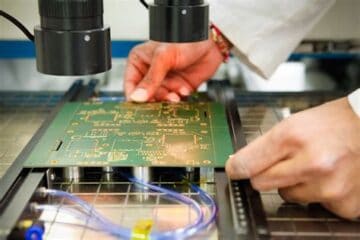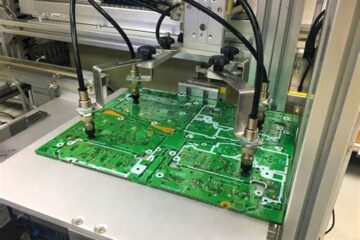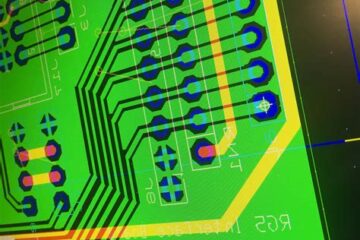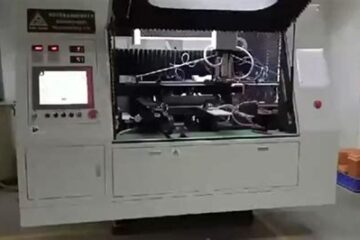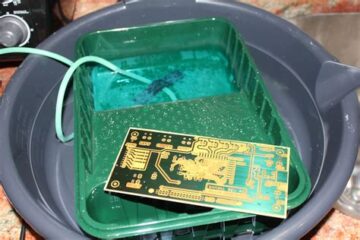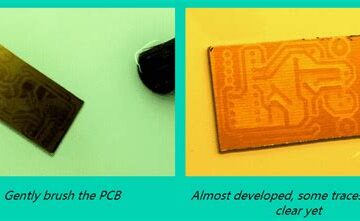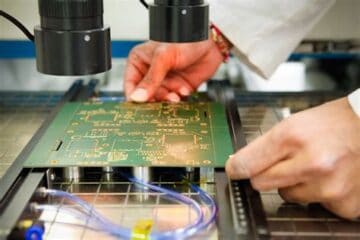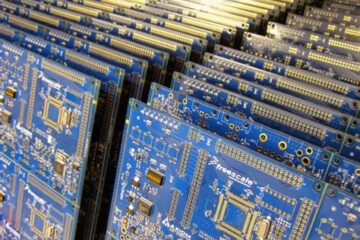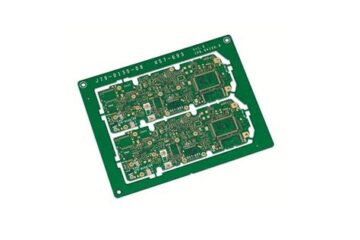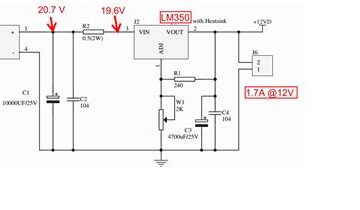PCBA
Learning the Knowledge of PCB Fabrication Set-Up
Introduction to PCB Fabrication Printed Circuit Board (PCB) fabrication is a complex process that involves multiple steps and requires specialized knowledge and equipment. This article will provide an in-depth look at the PCB fabrication set-up process, including the materials, tools, and techniques used to create high-quality PCBs. What is a PCB? A PCB is a flat board made of insulating materials, such as fiberglass or plastic, with conductive tracks, pads, and other features etched onto Read more…
